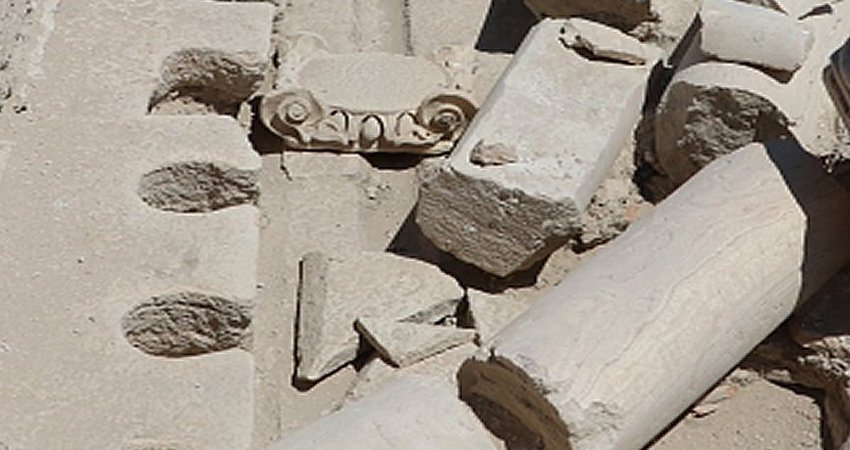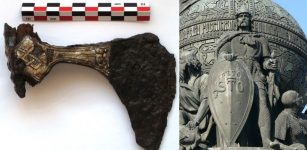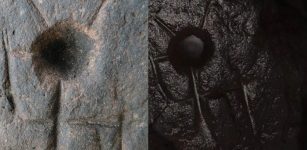Discovery Of Giant Human Rock Faces, Ancient Shrine And Astronomical Observatory Offers Evidence Of A Pre-Thracian Civilization
MessageToEagle.com – Orlovi Skali (meaning Eagles’ Rocks), is a beautiful rock formation located near the town of Sarnitsa, Mineralni Bani Municipality, in Southern Bulgaria. At this place, archaeologists accidentally discovered giant human faces carved into the rocks and a prehistoric rock shrine from the 4th millennium BC.
The find was originally made by Miroslav Chobanov, a young Bulgarian photographer and his discovery is no being examined by experts.
After taking a a three-day trip together with the photographer to study the Eagles’ Rocks in near Sarnitsa, Mineralni Bani Municipality, archaeologists are now positive that the natural rock formation was fashioned into a major rock shrine by humans during the Copper Age, between 3500 BC and 3000 BC.
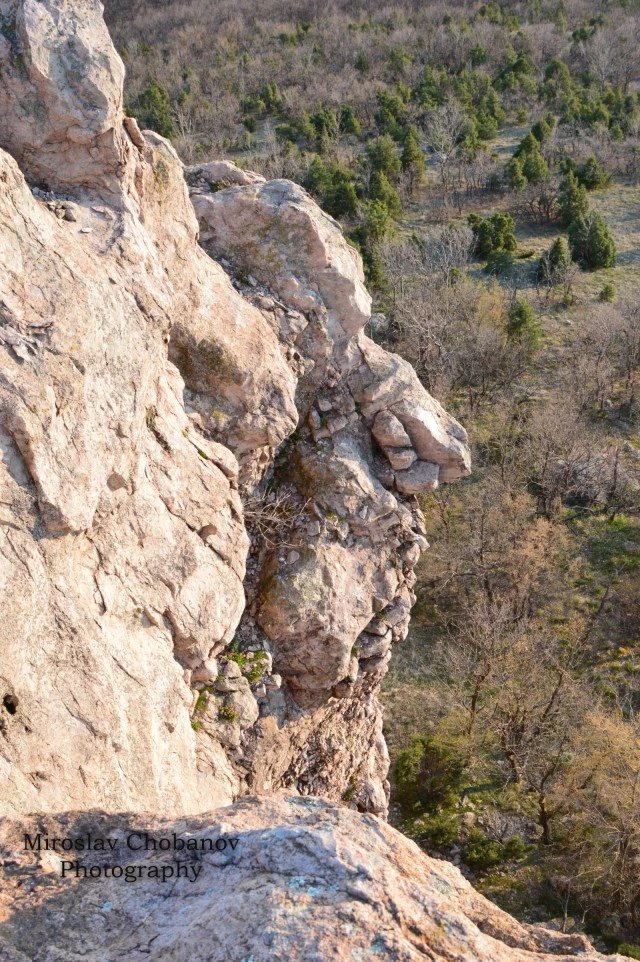
At the site of the Chalcolithic rock shrine, archaeologists found prehistoric ceramics. It is a very exciting discovery because it means that the prehistoric civilization that created the rock monuments, often described as the first European civilization, predates the civilization of Ancient Thrace by roughly 2,000 years.
What we are seeing are the remains of a Pre-Thracian civilization.
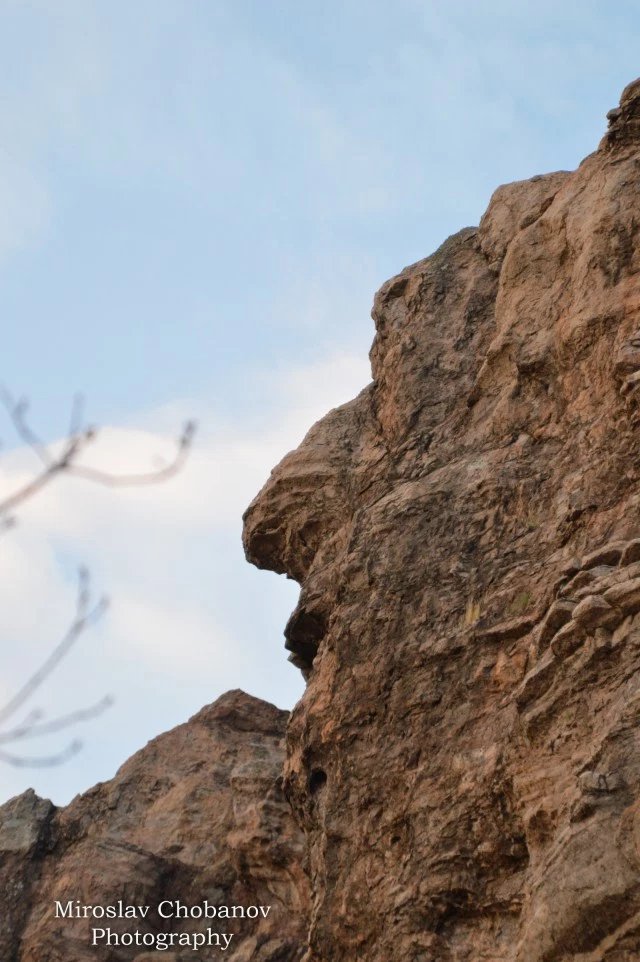
According to Archaeology in Bulgaria, “during their three-day exploration of the Eagles’ Rocks formation, the archaeologists and the photographer made further discoveries: they found two more half face human profiles hewn into the rocks – one which appears to be female, and another one which appears to be male but is not as well preserved as the other two.
Each of the human side faces hewn into the rocks measures about 7-8, up to 10 meters in height, and each of them stands at a height of about 30-40 meters above the ground.”
See also:
8,000-Year-Old Nephrite ‘Frog-Like’ Swastika In Bulgaria’s Neolithic Settlement – Unearthed
Mysterious ‘Rock Herd’ With Rock Carved Animal Heads Found In Sliven, Bulgaria
Northern Gate Of Ancient Fortress Of Agathopolis Discovered In Bulgaria
It is possible that the shrine had an entire gallery of human faces carved out of the rocks but not all of them have been preserved.
The facts that they are located high up on the rocks, and that at least one of them is visible only from a certain angle, are the reasons they, and, respectively, the entire Chalcolithic shrine, have remained unnoticed in modern times, until now.
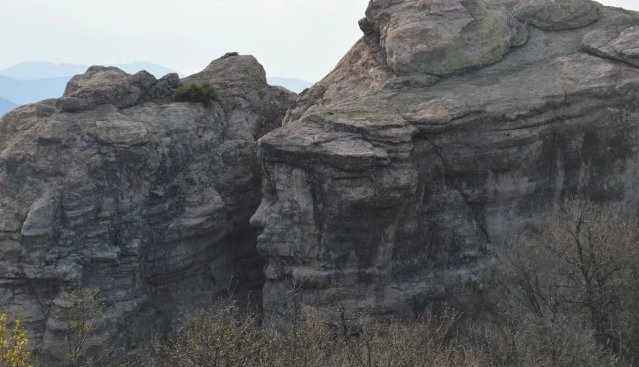
What is more, however, on the top of rocky formation, the photographer and the archaeologists have found what appears to have been a sacrificial altar (or an astronomical observatory, or both) hewn into the rocks which resembles the altars at other well-known ancient shrines in Bulgaria’s Eastern Rhodope Mountains – the Tatul Shrine located a few dozen kilometers to the south, and the shrine near the town of Angel Voivoda, which is also situated in the Mineralni Bani Municipality.
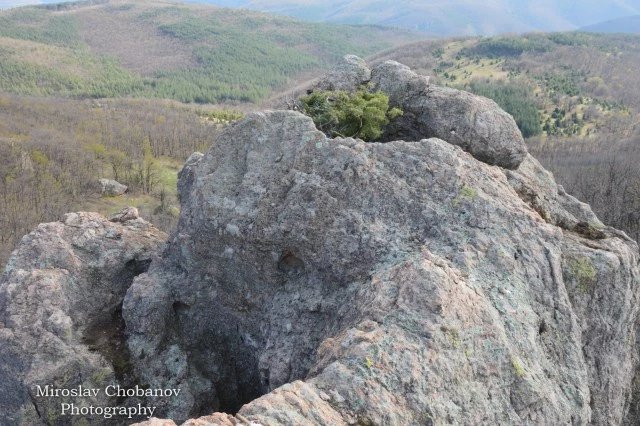
“Every 2,000 years, the celestial sphere changes, with some constellations rising, and others setting. The people who inhabited this territory followed their gods. Their pantheon was based on the constellations they observed on the sky. As the constellation moved, so did they, in order to be able to see it, because they thought the constellations were what controlled their lives.
In this sense, all shrines were used as astronomical observatories as well, not just as a holy place for pilgrimage and meetings with the gods. The great and powerful knowledge was kept by the class of priests who served the mountain shrines,” says Professor Raduncheva from the Bulgarian Academy of Sciences.
MessageToEagle.com
Expand for referencesReferences:



